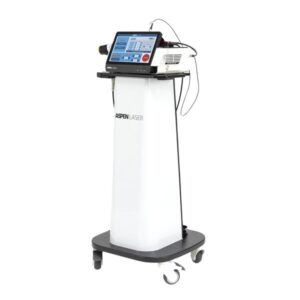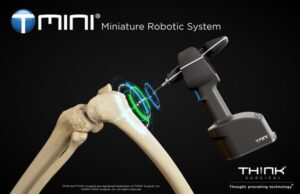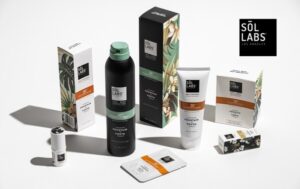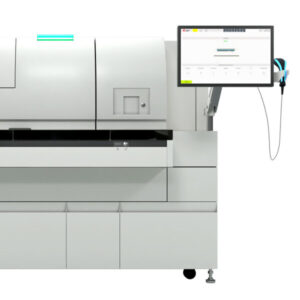Lucid Diagnostics Announces PREVENT and PREVENT-FF Registries of EsoGuard® Esophageal Precancer Detection
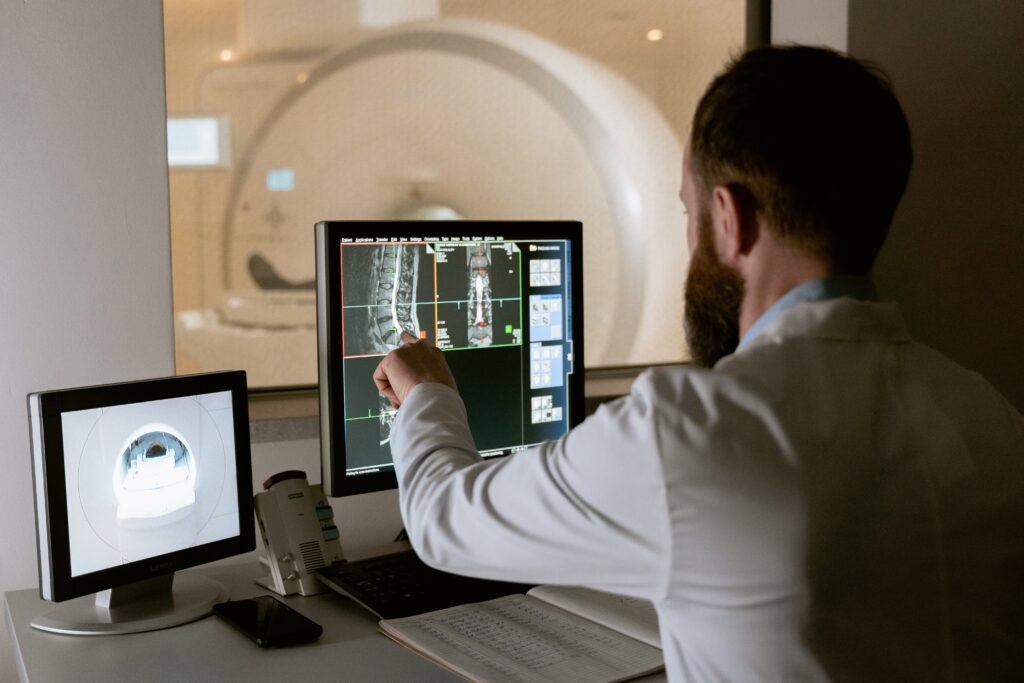
Lucid Diagnostics Inc. (Nasdaq: LUCD) (“Lucid” or the “Company”) a commercial-stage, cancer prevention medical diagnostics company, and majority-owned subsidiary of PAVmed Inc. (Nasdaq: PAVM, PAVMZ) (“PAVmed”), today announced two longitudinal clinical registries which are collecting real-world clinical utility and clinical validity data on EsoGuard® Esophageal DNA testing for the detection of esophageal precancer. The Prospective REView of Esophageal Precancer DetectioN in AT-Risk Patients (PREVENT) Registry collects data on EsoGuard testing in the general at-risk population, while the PREVENT-FF Registry focuses exclusively on at-risk firefighters. The Company released positive clinical utility data from an initial combined analysis of patients from both registries.
The PREVENT Registry prospectively enrolls patients with well-established esophageal precancer risk-factors referred by a physician to Lucid for EsoGuard testing. Lucid clinical personnel perform esophageal cell collection using the EsoCheck® Cell Collection Device and Lucid’s CLIA-certified laboratory then performs the EsoGuard test on the sample. Subsequent management, including referral for upper endoscopy, is dictated exclusively by the referring physician. The PREVENT-FF Registry prospectively enrolls firefighters with additional esophageal precancer risk factors referred for EsoGuard testing who participate in one of Lucid’s #CheckYourFoodTube Precancer Testing Events. A total of 624 patients have been enrolled in the two registries to date.
“PREVENT and PREVENT-FF are key pillars of our commercial strategy for EsoGuard and we are excited to see the initial fruits of our investment in these real-world clinical registries,” said Lishan Aklog, M.D., Lucid’s Chairman & Chief Executive Officer. “The initial combined analysis will supplement our growing clinical utility evidence base, including the previously announced CLUE and San Antonio Firefighter studies. The PREVENT and PREVENT-FF registries, however, are designed to generate a much broader data set than these clinical utility studies. The registries are open-ended, and our goal is to enroll a substantial proportion of all patients undergoing EsoGuard testing by Lucid personnel at Lucid Test Centers, including satellite testing at physician offices, and health fairs, including at fire departments. They also penetrate much further into the patient journey than the previously reported studies by going beyond the initial medical decision-making. The registries have a meaningful longitudinal follow-up period and include confirmatory endoscopy findings in those with positive EsoGuard results. As a result, they will provide both clinical utility and clinical validity data to further support our ongoing commercial and market access efforts, including our critical, expanding engagement with commercial payors. The full data set will also feed our active research and development program on the EsoGuard assay and a pipeline of potential future commercial products. Finally, the PREVENT-FF registry is a testament to our deep commitment to provide access to early precancer detection to reduce the tragic toll that cancer inflicts on firefighters who sacrifice so much for us.”
A manuscript on the initial analysis combining clinical utility data from both registries, entitled Real World Experience and Clinical Utility of EsoGuard® – Interim Data from the Lucid Registry, was recently posted on the leading health sciences preprint server, medRxiv, and has been submitted for peer-reviewed publication. Of the 517 patients enrolled at the date of this manuscript, over 304 were firefighters and 437 had complete clinical utility data. EsoCheck cell collection was technically successful in 99.6 percent and sufficient DNA was collected in over 95 percent, replicating near-perfect technical success rates and high DNA yields previously reported by Lucid. The mean cell collection time was less than two minutes, besting prior reports. The prescribing physician referred all 55 patients with positive EsoGuard results (14 percent) for confirmatory endoscopy. 352 of the 354 patients with negative EsoGuard results were not referred for endoscopy. This represents 100 percent concordance between a positive EsoGuard test result and subsequent physician medical decision-making, and a 99.4 percent concordance with a negative result, consistent with professional society guidelines. These outstanding clinical utility results align with the previously announced CLUE and San Antonio Firefighter studies. They again demonstrate that EsoGuard allows physicians to appropriately triage at-risk patients to confirmatory endoscopy in a manner broadly consistent with established, and recently updated, professional society guidelines, in this case, eliminating the need for over 350 costly, invasive, and inconvenient endoscopies.

